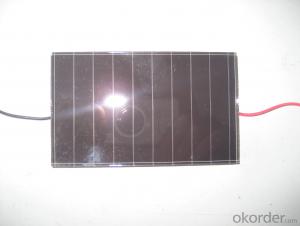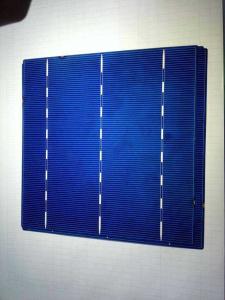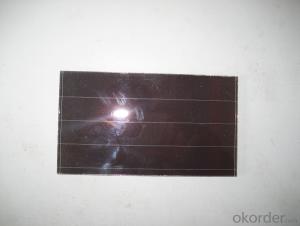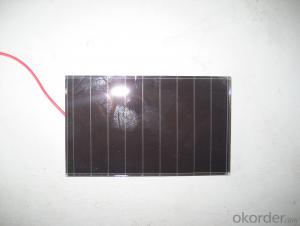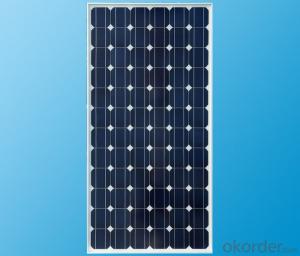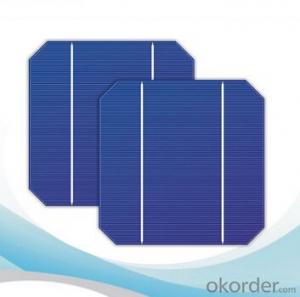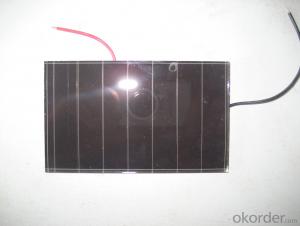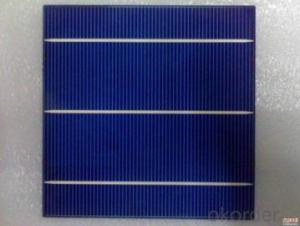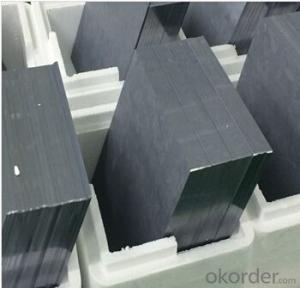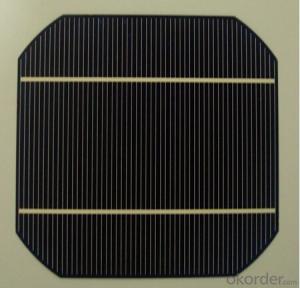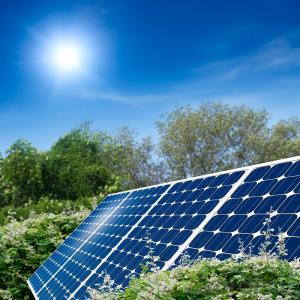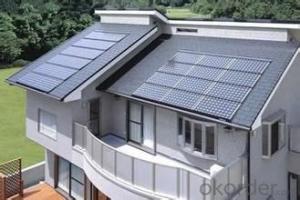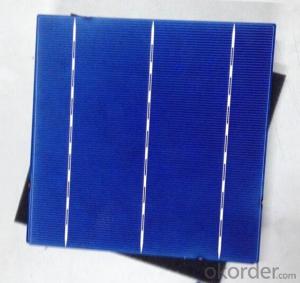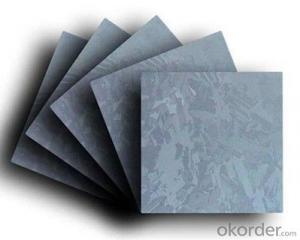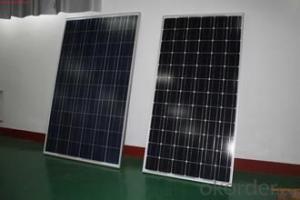Amorphous Silicon Solar Cells
Amorphous Silicon Solar Cells Related Searches
Amorphous Solar Cells Flexible Silicon Solar Cells Aerospace Solar Cells Affordable Solar Cells Hexagonal Solar Cells Bifacial Solar Cells Crystalline Solar Cells Compact Solar Cells Chipped Solar Cells Organic Solar Cells American Made Solar Cells Encapsulation Solar Cells Photovoltaic Solar Cells Satellite Solar Cells Algae Solar Cells Aiko Solar Cells Foldable Solar Cells Floating Solar Cells Nano Solar Cells Axia Solar Q Cells Aoshike Solar Cells Folding Solar Cells Flexible Solar Cells Perc Silicon Solar Cells 3d Solar Cells Multilayer Solar Cells 1st Generation Solar Cells Custom Solar Cells Price Of Silicon Solar Cells Bendable Solar CellsAmorphous Silicon Solar Cells Supplier & Manufacturer from China
Amorphous Silicon Solar Cells are a type of photovoltaic technology that utilizes a thin film of amorphous silicon to convert sunlight into electricity. These solar cells are known for their flexibility, lightweight, and ability to be applied to various surfaces, making them a popular choice for a wide range of applications. They are particularly useful in areas where traditional crystalline silicon solar panels may not be feasible, such as on curved surfaces or in spaces with limited sunlight exposure.Amorphous Silicon Solar Cells find their application in various scenarios, including residential rooftops, commercial buildings, and even portable electronic devices. Their versatility allows them to be integrated into the design of various products, from solar-powered calculators to large-scale solar energy systems. The unique properties of amorphous silicon enable these solar cells to perform well even in low-light conditions, making them an attractive option for areas with inconsistent sunlight.
Okorder.com is a leading wholesale supplier of Amorphous Silicon Solar Cells, offering a vast inventory to cater to the needs of various industries. With a commitment to quality and customer satisfaction, Okorder.com ensures that their products meet the highest standards and are available at competitive prices. Their extensive range of amorphous silicon solar cells makes them a go-to source for businesses and individuals looking to harness the power of solar energy in an efficient and cost-effective manner.
Hot Products

